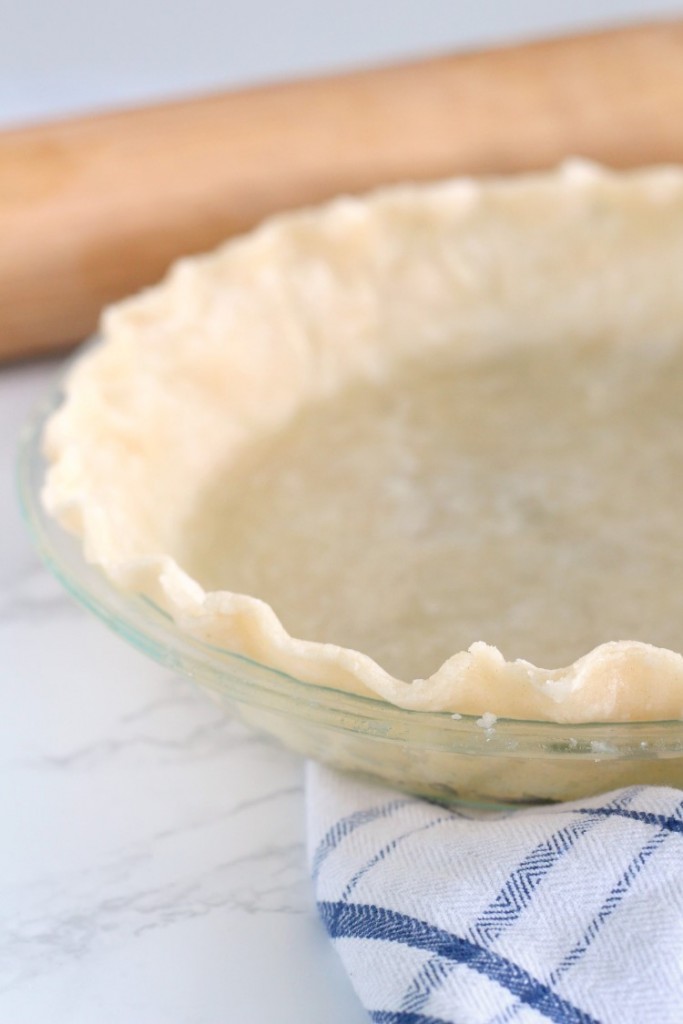The Ultimate Guide to Making a Vegetable Oil Pie Crust
Creating a delicious and flaky pie crust doesn't always require butter or shortening. A vegetable oil pie crust is a fantastic alternative that is both easy to make and incredibly versatile. Whether you're an experienced baker or a novice in the kitchen, this guide will provide you with all the information you need to perfect a vegetable oil pie crust.
What is a Vegetable Oil Pie Crust?
A vegetable oil pie crust is a type of pastry dough made using vegetable oil instead of the more traditional butter or shortening. This type of crust is known for its ease of preparation, requiring no refrigeration or rolling out of dough. It’s a great option for those who prefer a lighter crust or need a dairy-free or vegan alternative.

vegetable oil pie crust
Benefits of Using Vegetable Oil
1. Healthier Option
Vegetable oil typically contains less saturated fat compared to butter or shortening. This can make your pie crust a bit healthier.
2. Convenient
Using vegetable oil eliminates the need for refrigeration or softening, making the process quicker and easier.
3. Dairy-Free
This crust is perfect for those who are lactose intolerant or following a vegan diet, as it contains no dairy products.
4. Tender Texture
A vegetable oil pie crust tends to have a more tender texture, which can complement a variety of pie fillings.

vegetable oil pie crust
Ingredients Needed
To make a basic vegetable oil pie crust, you will need the following ingredients:
- 1 3/4 cups of all-purpose flour
- 1/2 cup of vegetable oil (such as canola or sunflower oil)
- 1/2 teaspoon of salt
- 2-3 tablespoons of cold water
Step-by-Step Recipe
Step 1: Mix the Dry Ingredients
In a large bowl, combine the flour and salt. Stir these together until they are well mixed.
Step 2: Add the Vegetable Oil
Pour the vegetable oil into the bowl with the flour mixture. Use a fork or a pastry blender to mix until the dough resembles coarse crumbs.
Step 3: Add Cold Water
Gradually add the cold water, one tablespoon at a time, mixing until the dough starts to come together. You want the dough to be moist but not sticky.
Step 4: Form the Dough
Gather the dough into a ball. If it feels too dry, add a tiny bit more water. If it’s too wet, add a bit more flour.
Step 5: Press into the Pie Plate
Place the dough ball into your pie plate. Using your hands, press the dough evenly over the bottom and up the sides of the plate. There’s no need to roll it out, which makes this method very user-friendly.
Step 6: Add Filling and Bake
Once your crust is evenly pressed into the pie plate, you can add your desired pie filling. Bake according to your pie recipe’s instructions.
Tips for Perfecting Your Vegetable Oil Pie Crust
1. Choose the Right Oil
Neutral-flavored oils like canola or sunflower work best, as they won’t overpower the taste of your pie filling.
2. Cold Water is Key
Using cold water helps keep the dough from becoming too sticky and makes it easier to handle.
3. Don’t Overwork the Dough
Mix the dough until it just comes together. Overworking can lead to a tough crust.
4. Adjust for Humidity
Depending on the humidity in your kitchen, you might need to adjust the amount of water or flour slightly to get the right consistency.
5. Pre-Bake if Necessary
For certain types of pies, like cream pies or those with very wet fillings, you may need to pre-bake the crust (also known as blind baking) to prevent it from becoming soggy.
Conclusion
A vegetable oil pie crust is an easy and healthy alternative to traditional pie crusts made with butter or shortening. It’s perfect for those looking for a dairy-free or vegan option and is incredibly simple to prepare. With the right ingredients and a few handy tips, you can create a tender, flaky crust that pairs beautifully with any pie filling. Try making a vegetable oil pie crust for your next pie and enjoy the delightful results!